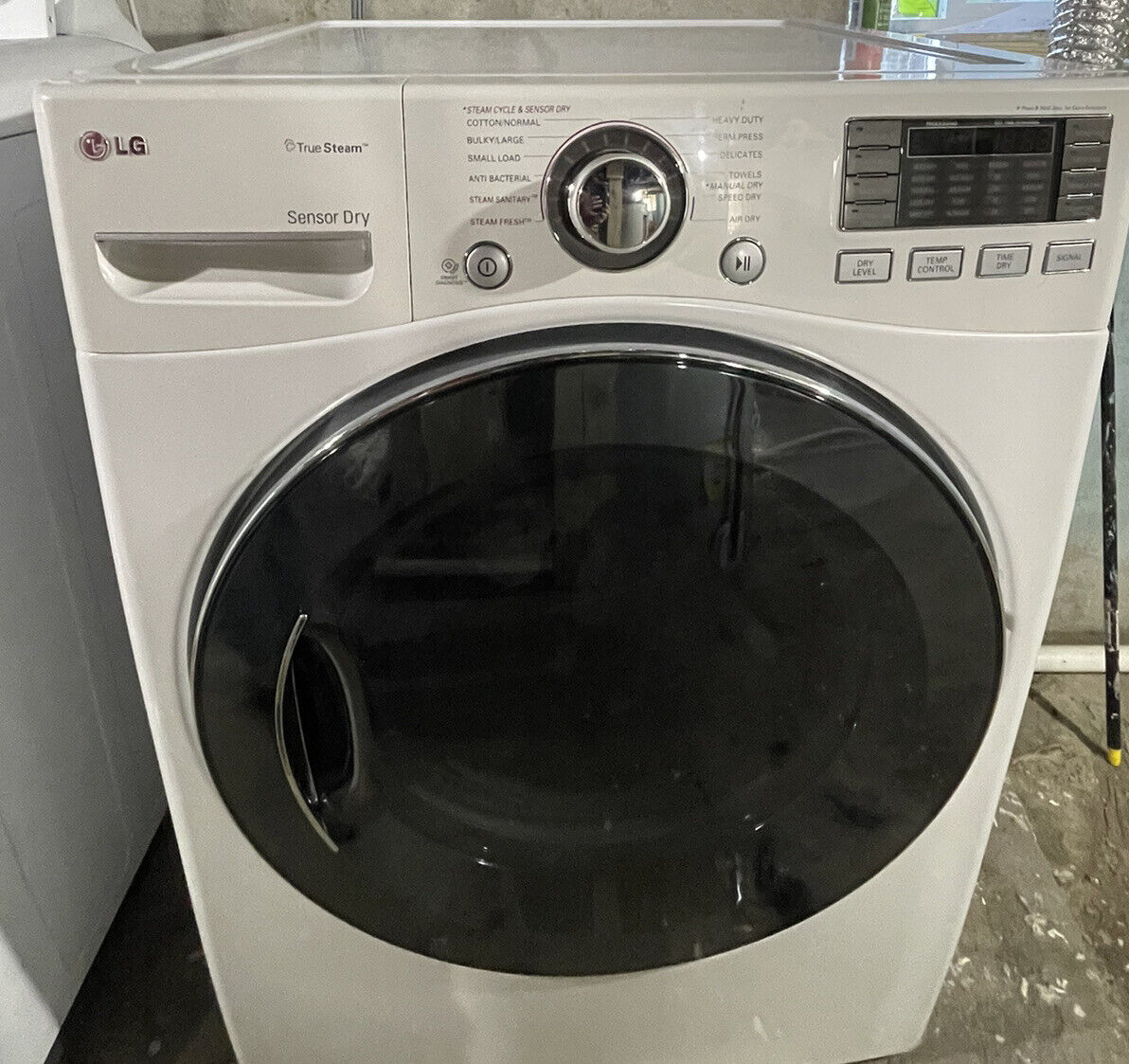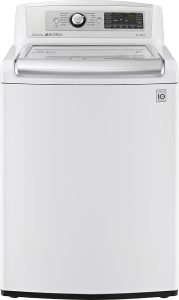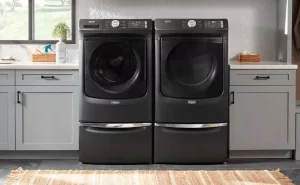Washing Machine Stops at Rinse Cycle: Fix the Issue
Introduction:
A washing machine that halts during the rinse cycle can be perplexing and inconvenient. Several factors could cause this problem, including issues with water supply, drainage, or internal components. This comprehensive guide walks you through diagnosing and fixing a washing machine that stops at the rinse cycle.

Washing Machine Stops at Rinse Cycle:
How Can You Diagnose and Fix the Issue?
Initial Checks:
What Should You Verify Before Diving Deeper?
Performing some basic checks can sometimes resolve the issue without needing extensive troubleshooting.
Check Power Supply:
Electrical Connections:
Power Source: Ensure that your washing machine is securely plugged into a functioning outlet. Sometimes, loose connections can cause intermittent power loss, halting the cycle.
Circuit Breaker: Check the circuit breaker to make sure it hasn’t tripped. If it has, reset it and observe if the problem recurs.
Water Supply:
Inlet Hoses:
Water Flow: Verify that the water inlet hoses are properly connected and that the water supply valves are fully open. Insufficient water flow can interrupt the rinse cycle.
Filter Screens: Inspect the filter screens inside the inlet hoses for clogs. Clean them if necessary to ensure an unobstructed water flow.

Door/Lid Mechanism:
Door/Lid Switch:
Proper Closure: Ensure that the door or lid is fully closed and latched correctly. A faulty door/lid switch can interrupt the rinse cycle if the machine perceives the door as open.
Control Lock: Check if the control lock feature is activated, which might prevent the machine from advancing to the rinse cycle.
Sequential Testing:
How Can You Isolate the Problem During the Cycle?
Running sequential tests can help identify exactly where and why the machine stops.
Water Inlet Valves:
Fill Check:
Cycle Initiation: Start the washing machine and let it progress to the rinse cycle. Observe whether water is entering the drum during this phase.
Valve Functionality: Listen for a clicking sound, indicating the water inlet valve is opening. If you don’t hear this, there might be an issue with the valve or its control.
Drainage System:
Drain Function:
Drain Pump: Activate the rinse cycle and listen for the drain pump’s sound. If the pump doesn’t activate, the machine might halt due to water not draining properly.
Output Hose: Check the drain hose for any clogs or kinks that could obstruct water flow. Ensure it’s correctly positioned to expel water efficiently.
Spin Cycle Activation:
Spin Mechanism:
Drum Movement: Observe whether the drum starts spinning during the rinse cycle. If it doesn’t, there might be an issue with the motor or belt.
Balance Detection: Check if the machine is stopping due to an imbalance. Many modern washing machines have sensors to detect imbalance and pause operation to prevent damage.

Internal Components:
What Internal Issues Might Cause the Machine to Stop?
Examining internal components can help identify more complex issues that might be causing the cycle to halt.
Control Board:
Circuit Analysis:
Inspect Control Board: The control board governs the sequence of operations. Inspect it for any signs of damage, burn marks, or loose connections.
Reset Board: Try resetting the control board by unplugging the machine for a few minutes and then plugging it back in. If the problem persists, the board might need replacing.
Timer:
Timer Functionality:
Manual Adjustment: If your machine has a manual timer, try advancing it to the next cycle manually. If it progresses through only manual advancement, the timer could be faulty.
Electrical Continuity: Use a multimeter to check the timer for electrical continuity. Replace it if you find any inconsistencies.
Motor and Belt:
Drive Mechanism:
Motor Check: Listen for any unusual sounds from the motor. A failing motor may cause the machine to halt during the rinse cycle.
Belt Inspection: Check the drive belt for wear and tear. A loose or broken belt can prevent the drum from spinning, interrupting the cycle.
Water-Level Sensor:
Sensor Accuracy:
Pressure Switch: The water level sensor, also known as a pressure switch, detects the water level in the drum. If it fails, the machine might not advance to the rinse cycle.
Check Tubing: Inspect the tubing connected to the pressure switch for any blockages or kinks. Clear any obstructions to ensure accurate readings.

Electromechanical Parts:
How Do You Test and Replace Key Components?
Testing and replacing faulty electromechanical parts can often resolve the issue.
Water Inlet Valve:
Valve Testing:
Continuity Test: Use a multimeter to check the water inlet valve for continuity. If it’s faulty, replace it with a new valve.
Flow Control: Ensure that the new valve regulates water flow correctly during the rinse cycle, restoring normal operation.
Drain Pump:
Pump Function:
Obstruction Check: Remove and inspect the drain pump for any debris or blockages. Clear any obstructions to restore proper water drainage.
Pump Replacement: If the pump is not functioning correctly, replace it with a new one. Ensure all connections are secure and the pump operates efficiently.
Door/Lid Switch:
Switch Integrity:
Continuity Check: Test the door or lid switch using a multimeter. If it shows no continuity when closed, it’s faulty and requires replacement.
Secure Fit: Install the new switch and ensure it’s securely fitted, enabling the machine to detect the closed door/lid correctly.
Timer Mechanism:
Timer Replacement:
Manual Timer: For machines with manual timers, replace the entire timer mechanism if it’s not advancing the cycle correctly.
Digital Circuit: For digital timers, replacing the control board might be necessary, as the timer is usually integrated into the board.

Professional Assistance:
When Should You Seek Expert Help?
If the issue remains unresolved, professional assistance may be required.
Complex Problems:
Technical Diagnosis:
Expert Analysis: For complex issues like control board failures or extensive motor problems, a professional technician’s diagnosis ensures accurate identification and repair.
Safety Assurance:
Professional Repair: Handling electrical components and intricate parts requires expert knowledge to avoid hazards. A technician can perform repairs safely and efficiently.
Time Management:
Efficient Service:
Quick Resolution: A professional can quickly diagnose and fix the issue, minimizing downtime and restoring your washing machine’s functionality.
Conclusion
A washing machine that stops at the rinse cycle can stem from various issues, ranging from simple fixes like checking water supply and hoses to more complex problems involving internal components like the control board, water inlet valve, and motor. Initial checks, sequential testing, and inspecting internal parts help diagnose the issue. Replacing faulty components such as the water inlet valve, drain pump, or door switch often restores the machine’s functionality. When in doubt, seeking professional assistance ensures safe and effective repairs. Regular maintenance, balanced loads, and scheduled professional servicing can prevent such issues and ensure your washing machine operates smoothly.

